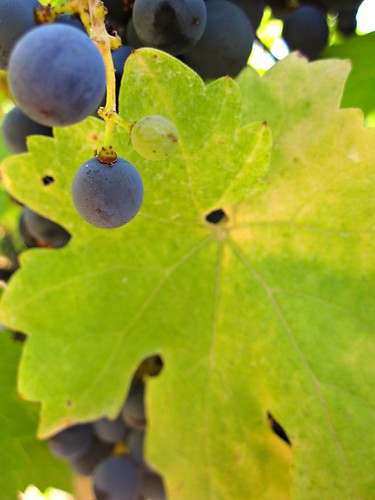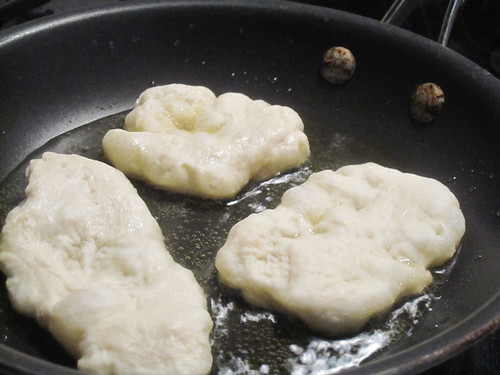Story
In Southern Italy, specifically Puglia where my mother’s family originated, frittata are regularly made as a main course or showcase dish; as eggs are precious in the South and never used in the production of pasta. Frittata usually feature vegetables such as squash, rapini, and turnip tops, all staples of the Puglian diet. Mint, oregano, and chili flakes are often used to brighten the flavors of the frittata. Sticking with the Italian tradition of buying and using local products, I outlined the California suppliers, many of which I know personally. I have “Americanized” this classic by adding Parmigiano Reggiano a cheese not native to Southern Italy or the United States. I could have easily used Fiscalini Cheese from Modesto as a substitute.
David Scheidt's Fritatta featured at TasteBuds Dining Club, Fresno
2 pieces Gleason Ranch Bacon, Bodega, CA (chopped into bits) http://www.gleasonranch.com/
6 Wyeth Acres Farm Eggs, Healdsburg, CA (beaten) http://wyethacres.com/home
2 small Italian Squash from T&D Farms of Madera, CA (sliced into rounds) http://www.tdwilleyfarms.com/
¼ Red Onion from T&D Farms of Madera, CA (minced)
Parmigiano-Reggiano grated with a plane grater (roughly a fluffy cup with enough left over for garnish) A personal note: There is a huge difference using a plane grater on a fresh wheel of Parmigiano and parmesean cheese purchased from a store pre-grated (yes there is a difference in spelling, flavor, and texture). If using pre-grated parmesean, roughly 1/3 of a cup should suffice as a substitute.
Pinch of Red Chili Flake
Salt (about a teaspoon)
Bari olive oil, Reedley, CA (any local oil will do, but Bari still sells in bulk and it’s of good quality to cook with) http://www.barioliveoil.com/
Rendered bacon fat
Two 8 Inch non-stick sauté pans
Directions:
Chop bacon into small slices prior to frying, along the width of the bacon. Cook until crispy. Remove fried bacon pieces and reserve remaining fat.
Place a combination of bacon fat and olive oil (1 tablespoon total), into a non-stick fry pan and allow to heat. Add a pinch of chili flakes to the oil. Add the minced red onion and sauté for 3 minutes on medium heat. (You may add additional olive oil to the pan if the pan becomes dry.) Take the sliced rounds of squash and add them to the sauté pan and toss through the pan to coat the squash with oil, chili flakes and onions. Cook for about 3 minutes on medium heat stirring or tossing occasionally for even cooking.
Combine roughly one cup of freshly grated Parmigiano and the beaten farm eggs to the sauté pan that includes all the other ingredients.
As the eggs begin to set around the circumference of the sauté pan, begin pulling it away from the sides with a rubber spatula to allow the liquid to come in contact with the pan, constantly working around the circumference lifting the edge to allow liquid egg to come in contact with the pan. This requires patience and diligence, but you’re almost finished.
Now the tricky part…it’s time to flip the frittata in order to cook the remaining liquid egg on top. Have the second 8-inch sauté preheated on your stove. Since you are using a non-stick pan, the bottom of your frittata should have become loose, such that you can shake the frittata loose from the pan. In one quick movement, flip the frittata over into the other pre-heated 8-inch sauté pan to complete the cooking process, no more than 2-3 minutes on medium-low heat.
Whichever side looks better, is the side you should place up on the serving plate. Garnish with the remaining cheese and serve either hot or slightly cooled.





































